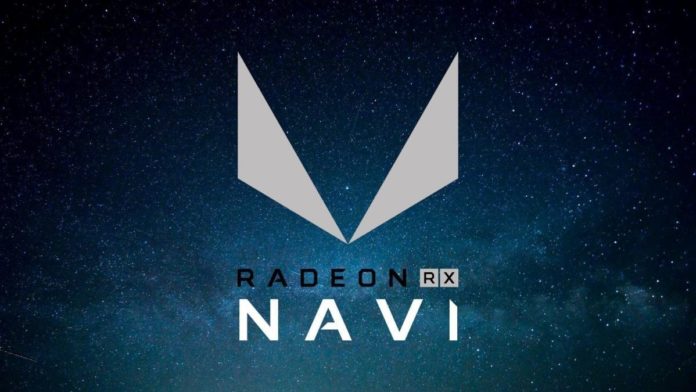When Microsoft revealed the official specs of the Xbox Series X a couple of days ago, some interesting information regarding AMD’s RDNA 2 GPU was uncovered. The console, along with the PS5, will be running a custom variant of and AMG GPU built on the 7nm RDNA 2 process. Considering AMD hasn’t released these cards officially yet, there are some interesting things to talk about here regarding their proposed ‘Big Navi’ card coming later this year.
The Xbox Series X will be using a GPU with 52 Compute Units, clocked at 1825 MHz, thereby outputting 12 TF of GPU compute power. When compared to desktop graphics cards, this is almost on par with the NVIDIA Geforce RTX 2080 Ti. NVIDIA’s most powerful card clocks in just at 13.4 TF of compute power, just a hair above the Series X. Now, we know that that there’s a lot of other factors here other than just raw Teraflops, but it’s quite remarkable how close the console is.
From what we know, ‘Big Navi’ is AMD’s proposed RTX 2080 Ti killer. So far there have been very few details shared about it publicly. While there have been many rumors and speculations regarding the high-end card, nothing concrete has been revealed…yet. We only know that the new card(s) will support hardware-based raytracing, and will be more efficient over RDNA 1. Now, with the confirmation of RDNA 2 based GPU in the Series X, we can safely assume that we’ll see a desktop variant soon. After all, AMD has been very vocal about them being present on both consoles and PCs in the coming years, with both implementing the same technology.
Let’s take the Radeon RX 5700 XT and the RX Vega 64, currently AMD’s most powerful gaming-focused GPUs. The 5700 XT has 40 CUs at 1905 MHz, taking it up to 9.75 TF. Vega 64 has, as the name suggests, 64 CUs at 1546 Mhz, bringing it to 12 TF. Now on paper, the Vega 64 should be way more powerful owing to more compute units, but it should be noted that the Vega series was built on 14nm process, prior to RDNA 1. Let’s get back to the Radeon VII (13.8 TF), which was the world’s first GPU built on the 7nm process, but still, GCN based. Now, AMD is targeting the GCN+ cards at a wholly other audience from those focused on gaming. The key point that the Navi cards are aimed at is efficiency.
When you go over the various comparisons between all of them online, you’ll find Navi to be a surprising improvement over GCN. Owing to that, pure Teraflop numbers don’t paint the whole picture. We recently saw Digital Foundry proving the same, both in a deep dive article and in the video below:
Pretty interesting, isn’t it? Considering Sony’s deafening silence over revealing anything related to the PS5, some gamers have started to become worried over it offering a weaker GPU. But as we just said, numbers don’t mean much when you take into consideration other factors like memory implementation, CPU, and the architectural process itself that goes into that GPU.
We expect AMD to reveal RDNA 2 cards sometime around June, like last time. The RX 6000 cards, or whatever they end up being called, should provide some great improvement over the last-gen 5000 series. I’ve been currently benchmarking the 5500 XT and 5600 XT, and while they’re aimed at the budget segment, they still provide some good value. Sure, they don’t have raytracing, but that shouldn’t be an issue at a budget level like that.

Overall, it’s going to be an interesting year for gamers. Not only are we getting AMD’s Big Navi, but we’re also getting the same technology baked into the silicon of the next-gen consoles. And don’t forget NVIDIA, who is working on bringing their Ampere cards to the market soon…





